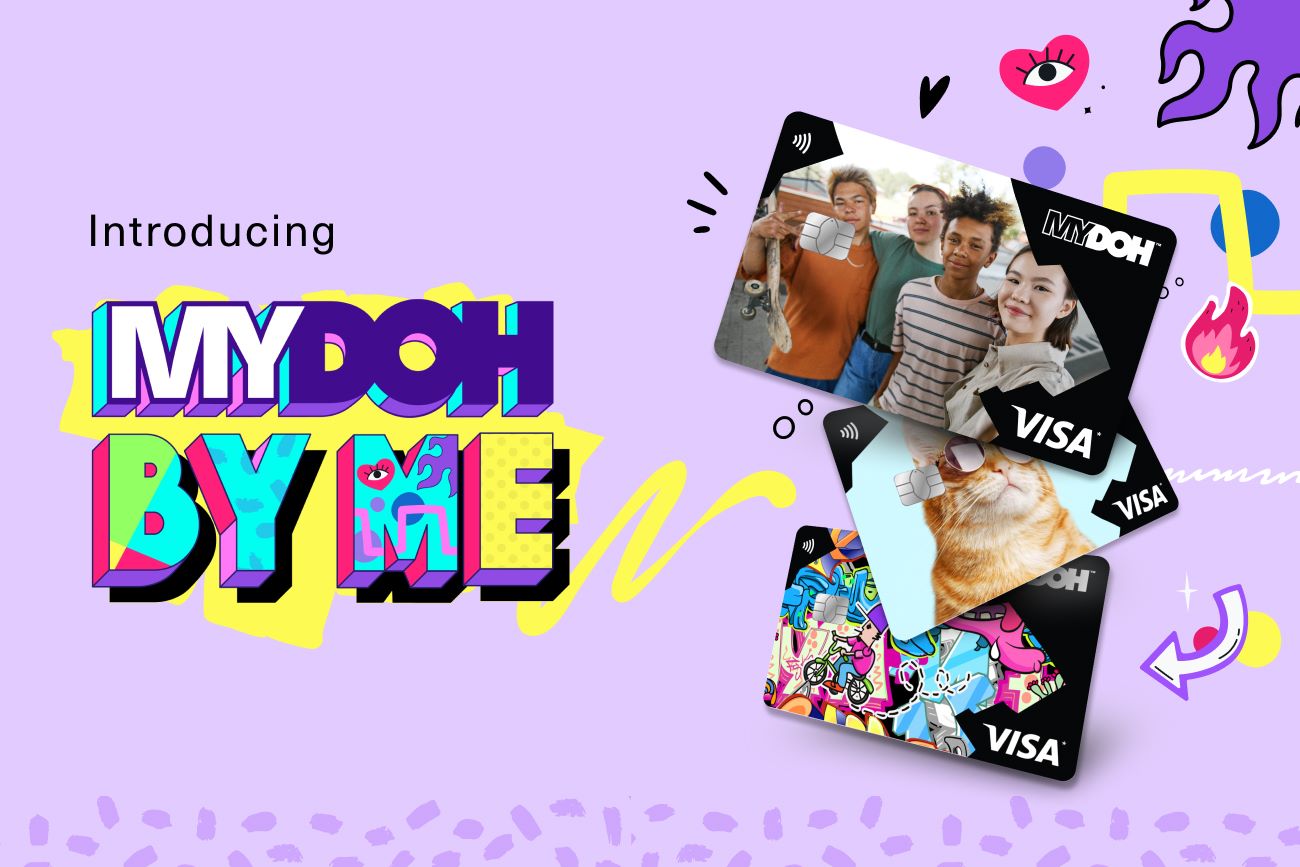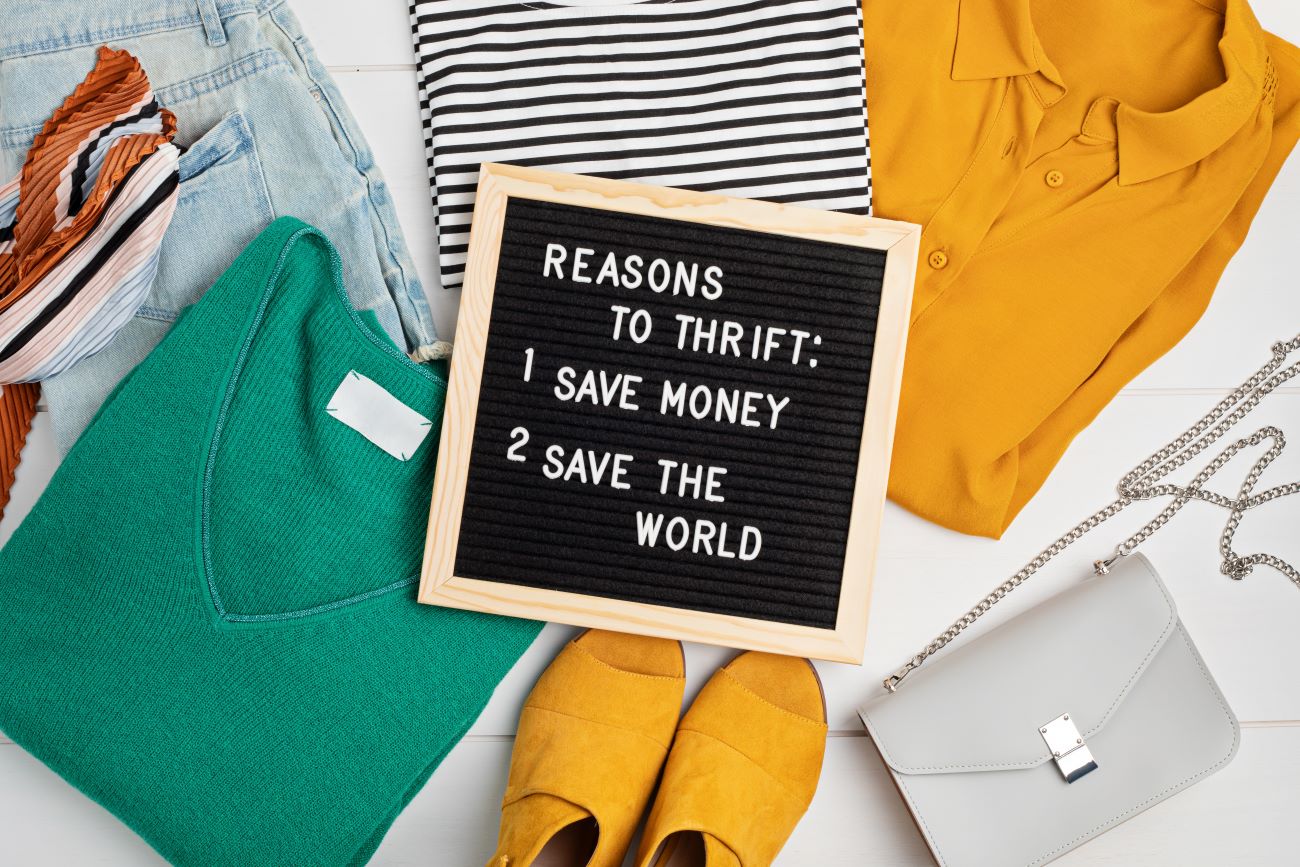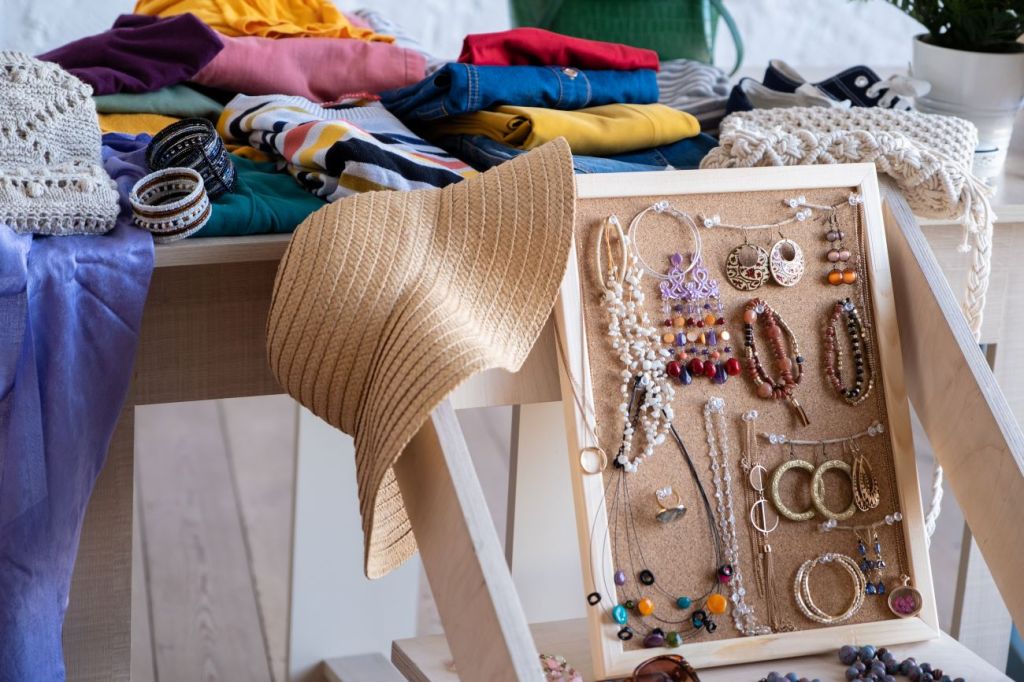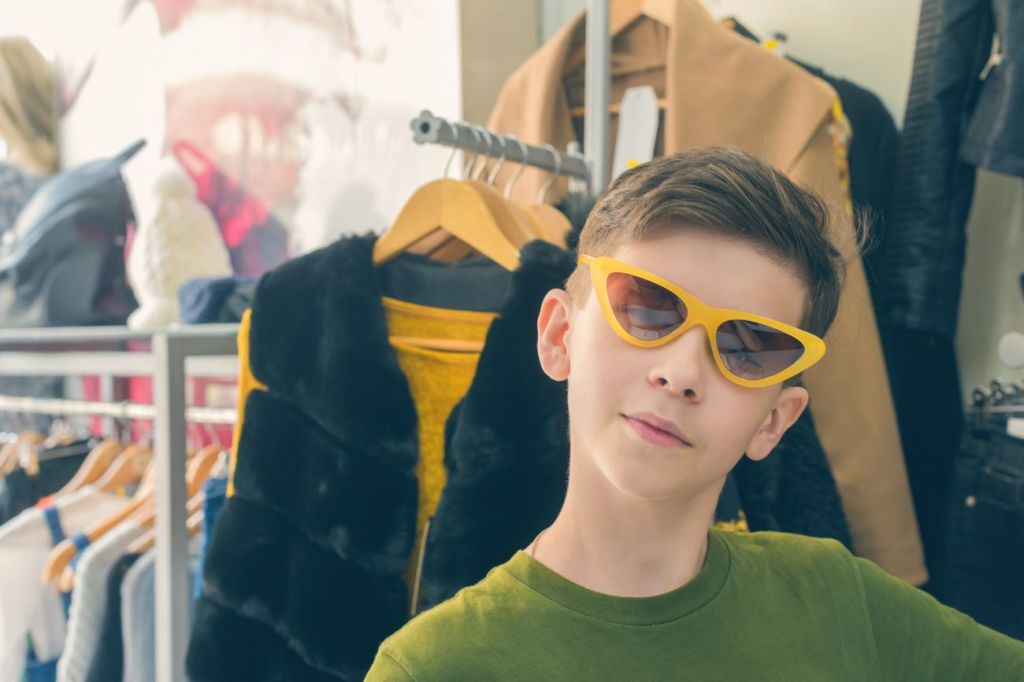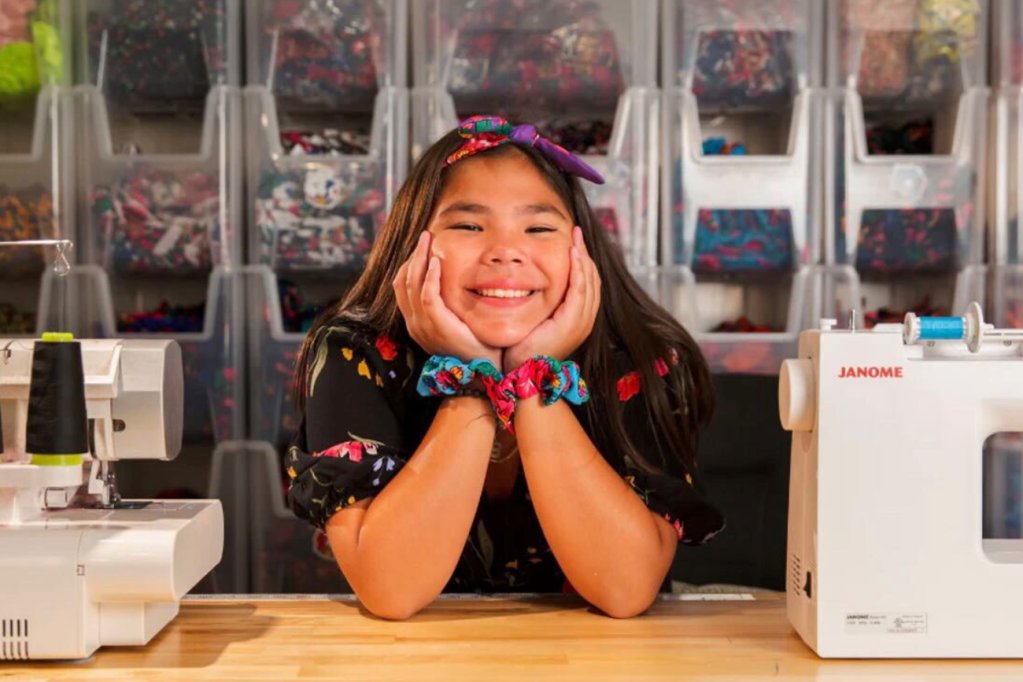You’re probably wondering “How can a video game that’s made to have fun, teach me important money skills?” Have you ever built a business in a game? Budgeted to buy stuff? Negotiated with other players? If your answer is yes, then you’ve already started to develop these skills without even realizing it.
In a world where video games are considered a distraction from homework and chores, it’s hard to convince your parents that video games provide important life skills. And yet, you can learn communication skills, develop strategies for maximum wins, and get creative to escape sticky situations.
Sure, your parents may give you the side-eye if you tell them Fortnite teaches real-life skills, but there are lots of good examples out there that do.
If you’re trying to find a reason to convince your parents to let you play your favourite video game, then keep reading!
What kind of money skills can you learn by playing video games?
Many video games have an in-game currency that you have to earn to buy upgrades for your virtual character, like a bigger house in Animal Crossing or more furniture in The Sims. Games like these teach how to budget and save for the things you want or need.
Other games such as Stardew Valley or No Man’s Sky introduce the concept of building a business from scratch. You’re in charge of how much money you make each day. The harder you work, the more money you get.
Many games also teach how to make a profit with investing—buying at low prices and selling at higher prices. Animal Crossing introduces the concept of the stock market with a fun twist.
If you tell your parents about your budding money skills, there’s a high chance they’ll be pretty impressed.
To put it into words your parents will want to hear: video games are helping to teach you important finance skills like risk tolerance, negotiation, building a business, and creating a budget. If you mention any of these skills to your parents, your parents may even start seeing video games less as a distraction, and more as a benefit.
Read more: How kids and teens can make money playing video games.
12 best video games that teach kids and teens about money
If you’re reading this, you are likely at the point where you’re ready to be more independent in how you earn and spend money. Video games are a great way to build money skills while also having fun. Now let’s get into 12 games that will jumpstart your money knowledge:
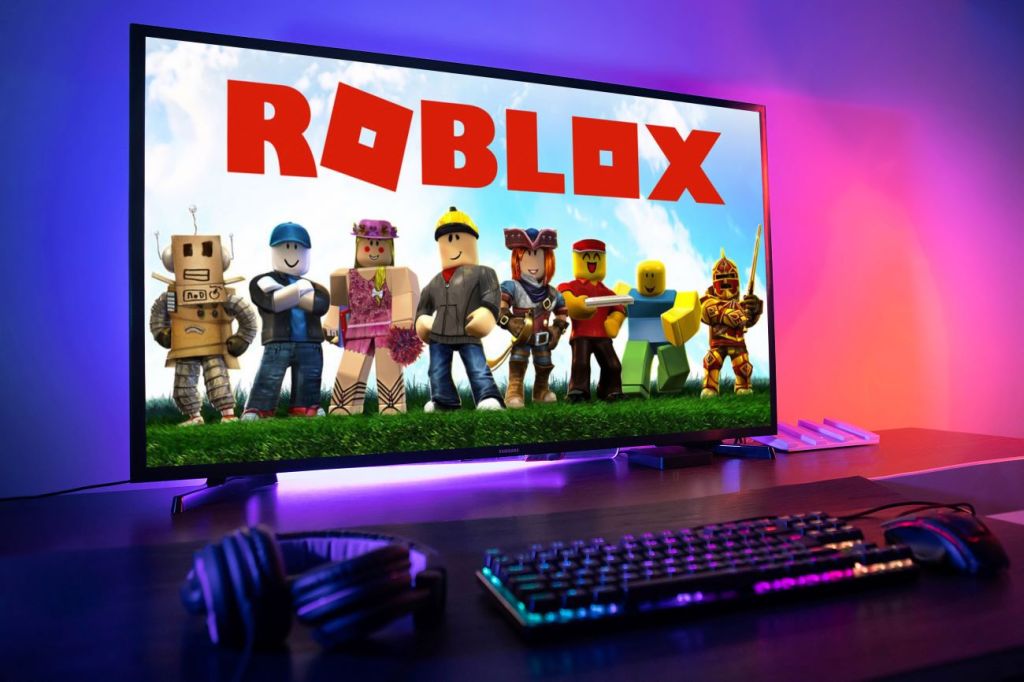
1. Roblox
Roblox is a free-to-play, online app that hosts many different user-created games and experiences. This game does have some features that require real-life money to access, but there are plenty of games within the platform that are free and teach you important money skills.
These game modes include All Star Tower Defense, Pet Simulator X, Theme Park Tycoon 2 and Work At A Pizza Place. In these modes you’ll learn about creating a budget to save up for bigger and better equipment or tools. Roblox is a great teacher of communication skills as interaction between players is a necessity in some of these modes.
2. Animal Crossing
Animal Crossing is a social simulation game where you get to experience a new life on a remote island. You are given a basic house to start, but it doesn’t come for free. The friendly, business-forward raccoon, Tom Nook, tells you the total you owe him for the house, so you need to pay off your debt. Throughout the game, you must source goods to sell in order to earn money and pay back Tom.
Each time you pay off your debt, Tom offers you an additional room for your house and the cycle continues. It’s up to you to decide if you’re financially ready to take on a larger loan or not. Animal Crossing teaches you about making payments, both large and small, towards paying off your debt.
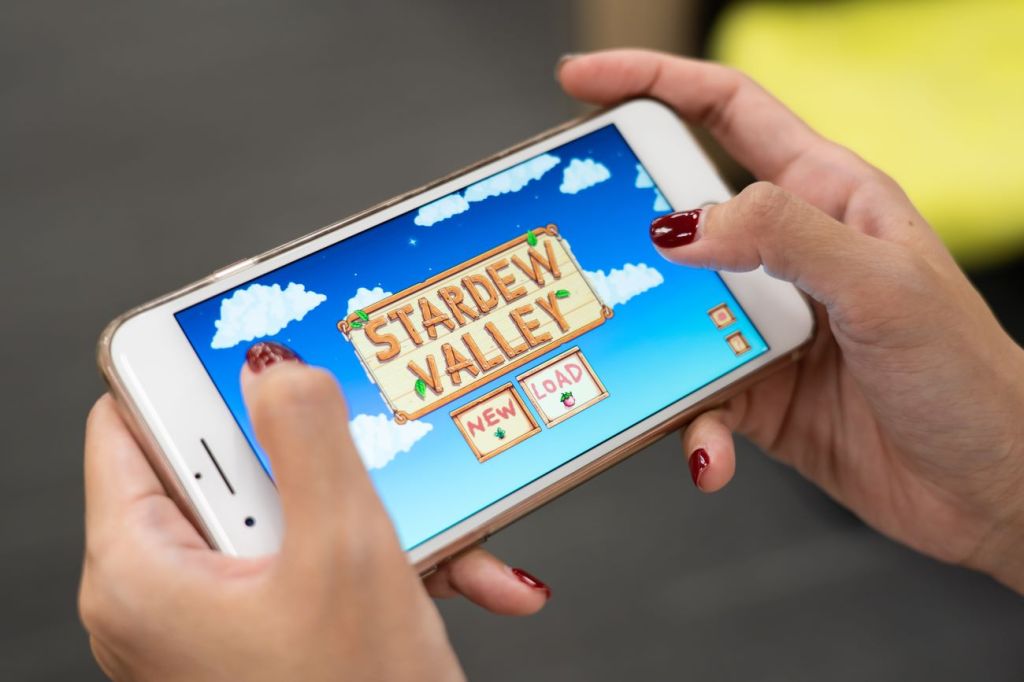
3. Stardew Valley
Stardew Valley is a mix of a farm and life simulation game. You inherit your grandfather’s old farm and must work to get it back up and running. This includes planting, maintaining, and harvesting crops to sell at the local store.
Once you make enough money, you can build barns and buy farm animals to take care of. You collect eggs from chickens, milk from cows, and wool from sheep that can all also be sold at the local store. If you want to make more money in this game, you have to invest money into equipment and tools, making Stardew Valley a great game for learning about investing basics.
4. The Sims
The Sims is a life simulation game where you create people called Sims and control their lives. You have the power to control what your Sims wear, who they hang out with, where they work and even who they marry. Each of your Sims will need to take on a job to start earning money to pay for new things, as well as pay bills, such as lot taxes, power, water, and phone. If you don’t pay your bills on time you risk losing that service. The Sims is one of the best games to teach real-life money responsibility such as investing in yourself and not splurging on things you don’t need.

5. FIFA
FIFA is a sports simulator based entirely on real-life football (soccer) teams, leagues, and players. Your goal is to put together a winning team. You earn coins in FIFA by winning games and trading cards, and then spend those coins on new players or equipment. Not only will you learn and upgrade your soccer skills through FIFA, but there’s also the opportunity to learn money skills such as negotiation and analytical know-how. This means having the ability to analyze your financial position and choose the best outcomes.
6. NBA 2K
Similar to FIFA, NBA 2K is a sports simulator but based on real-life basketball teams, leagues, and players. Like FIFA, you must earn coins by winning games as well as by completing challenges. Your coins that can be spent on gaining skills, apparel, and player animations. Negotiation and analytical skills are also learned in NBA 2K.
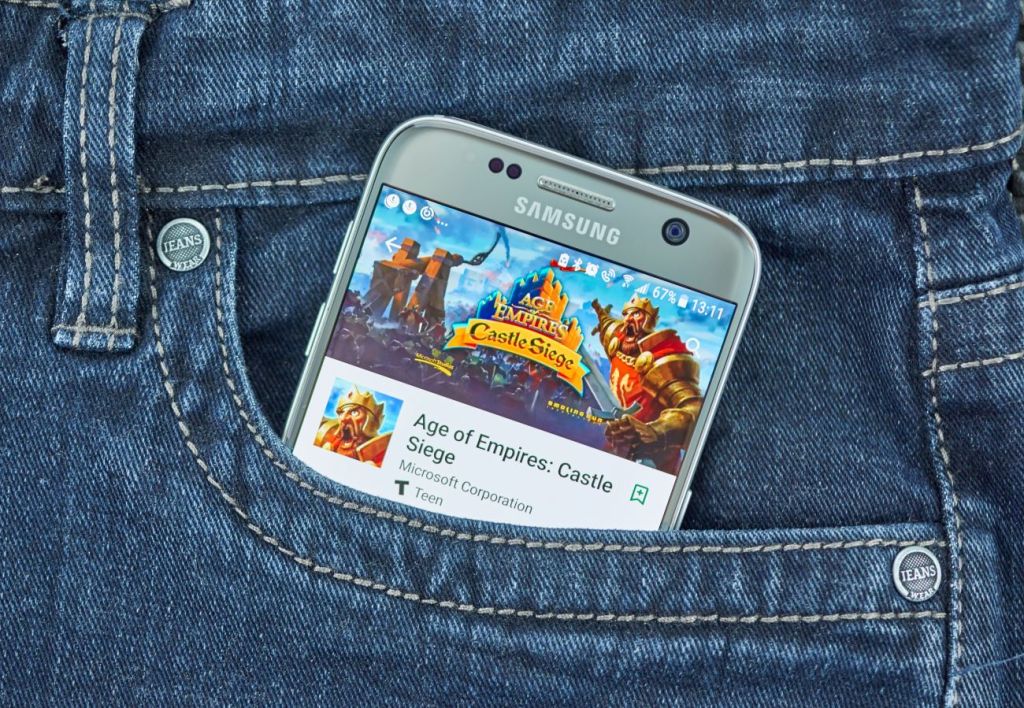
7. Age of Empires
Age of Empires is a strategy game similar to Civilization. You grow your empire throughout the ages by commanding and controlling your people. Important investments need to be made, such as upgrades in military, education and science, to ensure the safety and future of your empire.
8. Tropico
Tropico is a city builder simulator that tests your management skills. You grow your city by investing in factories, through tourism and by selling goods. Tropico is another great game to learn about how to build profits because you must sell goods and services for a higher price than it cost you to create. It also teaches the importance of building businesses to sustain the city.
9. Kerbal Space Program
Kerbal Space Program is a space flight simulation game in which you design and build your own spaceships and aircraft. You use your spaceships to explore the planetary system of the star Kerbol. Since you need money to build and fuel your spaceships,you can earn it by completing missions and challenges along your exploration journey.
However, if you do not complete a mission on time, you will start to lose money. Kerbal Space Program is another great game to learn about investing in what’s important and not splurging on unnecessary things.
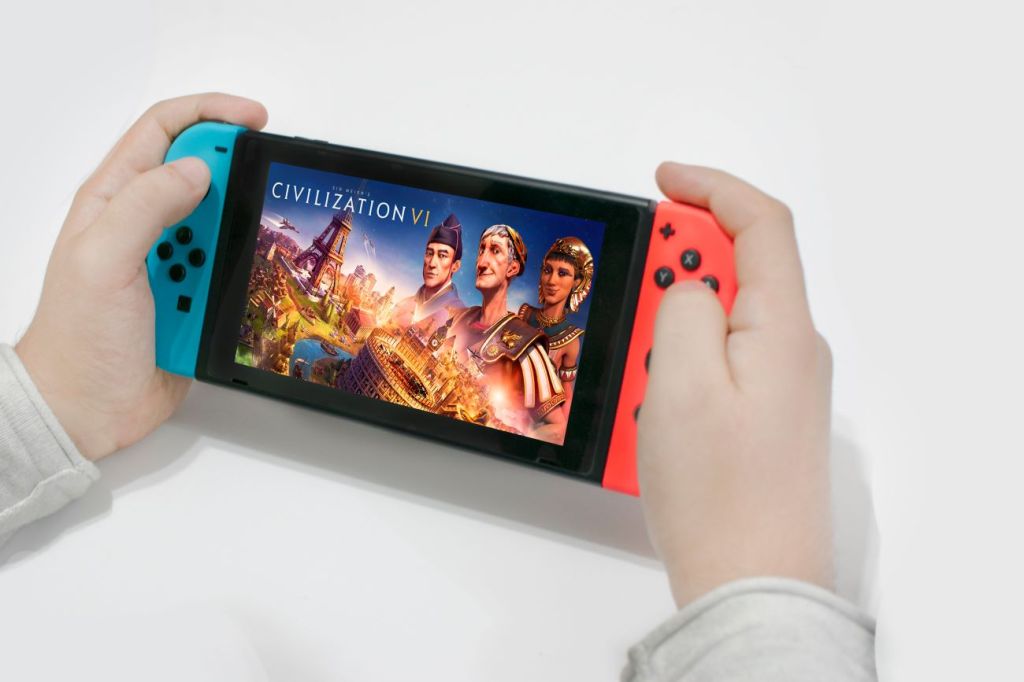
10. Civilization
Civilization is a strategy-based game in which you become the ruler of your own civilization. Your civilization starts in the Stone Age and you must help your people advance through the eras. To do this, you need to earn lots of gold. You can accumulate it by giving your citizens different jobs, creating trade posts, and selling your goods in places where there is high demand for them. How you spend your gold can result in the success or decline of your civilization. This game is great for improving your capacity for innovation and problem-solving skills.
11. No Man’s Sky
No Man’s Sky is an action-adventure survival game that features exploration, survival, combat, and trading. You need money to sustain yourself through your travels which is earned by buying goods on one planet and travelling to another planet where those things are still in demand and sell them.
12. Slime Rancher
Slime Rancher is a life simulation adventure game that features slimes. In this game, your main goal is to feed your slimes the right food so that they can produce “plorts,” a farmable resource that you can sell for money so you can continue to explore the world. The only way to make money is by selling your slimes’ “plorts” so you have to decide what are the best investments to build up your farm, whether it’s by building facilities or upgrading your tools to be able to produce more “plorts”.

Learn about money while you play
Video games can help build money skills in a way that’s fun and exciting, without the consequences of real-life mistakes. Video games offer a stress- and risk-free way to learn money smarts that even your parents will appreciate!
Download Mydoh and get started today.

